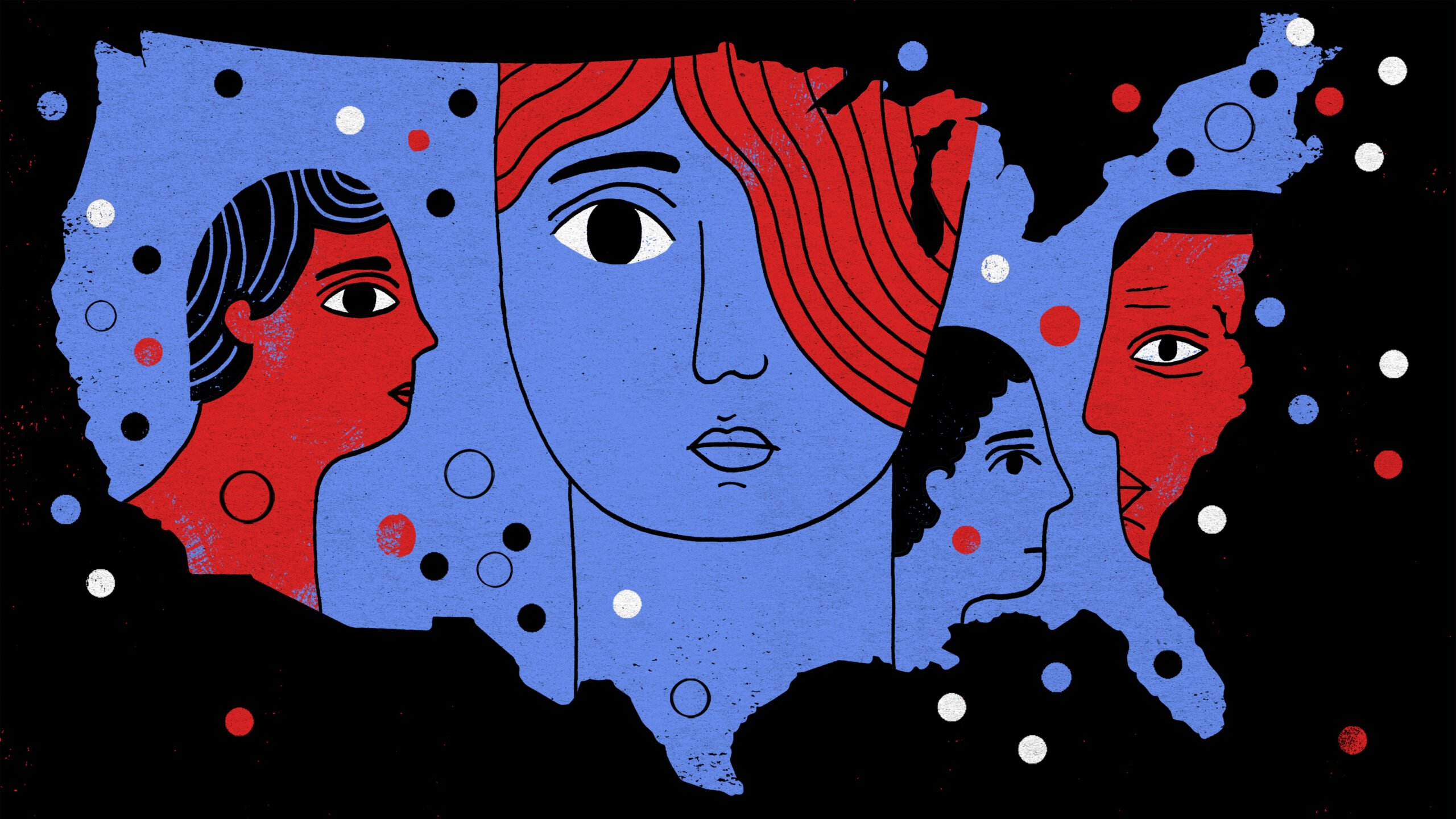Tuesday was always going to be a day of mourning as Floridians marked the two-year anniversary of the mass shooting that claimed 49 lives at the Pulse nightclub in Orlando.
It was made even more somber when the city awoke to reports of a new gun rampage.
A gunman suspected of seriously wounding an Orlando police officer then took four young children hostage, initiating a standoff that stretched late into Monday night. It ended with the children, all younger than 12, fatally shot by the man, who then killed himself.
Orlando police said that trouble began as the weekend wound down. A woman reported being beaten by her boyfriend, 35-year-old Gary Wayne Lindsey Jr. When officers arrived at the apartment, they traded gunfire with Lindsey, a convicted felon legally prohibited from owning firearms. During the shootout, one of the officers was hit.
Over the next 24 hours, police tried to talk Lindsey into surrendering. They were finally able to storm the apartment late Monday. There, officers discovered that Lindsey had killed the four children — ages 1, 6, 10, and 11 — before taking his own life.
Details were still emerging as of lunchtime Tuesday. The Orlando Sentinel reported that two of the kids were Lindsey’s, while the other two belonged to his girlfriend.
“As a mom, my heart is completely broken,” one of Lindsey’s neighbors told the newspaper, saying she learned about the kids’ deaths after receiving a text from her daughter. “It hurts too much.”
The Lindsey case is the latest to show a link between domestic violence and mass shootings. Like Omar Mateen, the perpetrator of the 2016 assault on the Pulse nightclub, and other high-profile killers, Lindsey had a history of violent and erratic behavior toward his intimate partners. In 2008, he was arrested for setting ablaze a house he shared with a girlfriend in Volusia County. Four years later, he was accused by another woman of holding a knife to her face and threatening to kill her during an argument.
Research has shown that abusers seeking to harm an intimate partner often also target kids, friends, grandparents, or whoever else happens to be nearby. And in most cases, the weapon used is a firearm.
In a study published in 2014 in The American Journal of Public Health, scholars analyzed cases spanning over seven years from 16 states, not including Florida. They found that 4,470 people had died in 3,350 incidents of intimate-partner violence. About 20 percent of those killed were “corollary victims.” They included 194 new partners, 140 friends, 133 children under the age of 11, and 25 strangers. In 70 percent of cases, the weapon used to kill those corollary victims was a gun.
An analysis conducted by the Huffington Post looked at data from 2009 to 2015 and discovered that children age 17 or younger were the most common victims of domestic violence mass shootings, defined as incidents where at least four people were killed. Children, the outlet found, accounted for 42 percent of victims in these cases.
Monday’s mass killing also highlights the dangers that police officers commonly encounter when confronting armed domestic abusers. The National Law Enforcement Officers Memorial Fund reviewed 91 cases of police fatalities that occurred from 2010 and 2014 and found that domestic disputes led to more officer deaths than any other type of call.
“When the radio goes off and you’re being sent to a domestic, you automatically brace yourself,” Michael LaRiviere, a veteran police officer in Salem, Massachusetts, told The Trace in 2016. “If guns are present, it’s going to be much more dangerous.”


